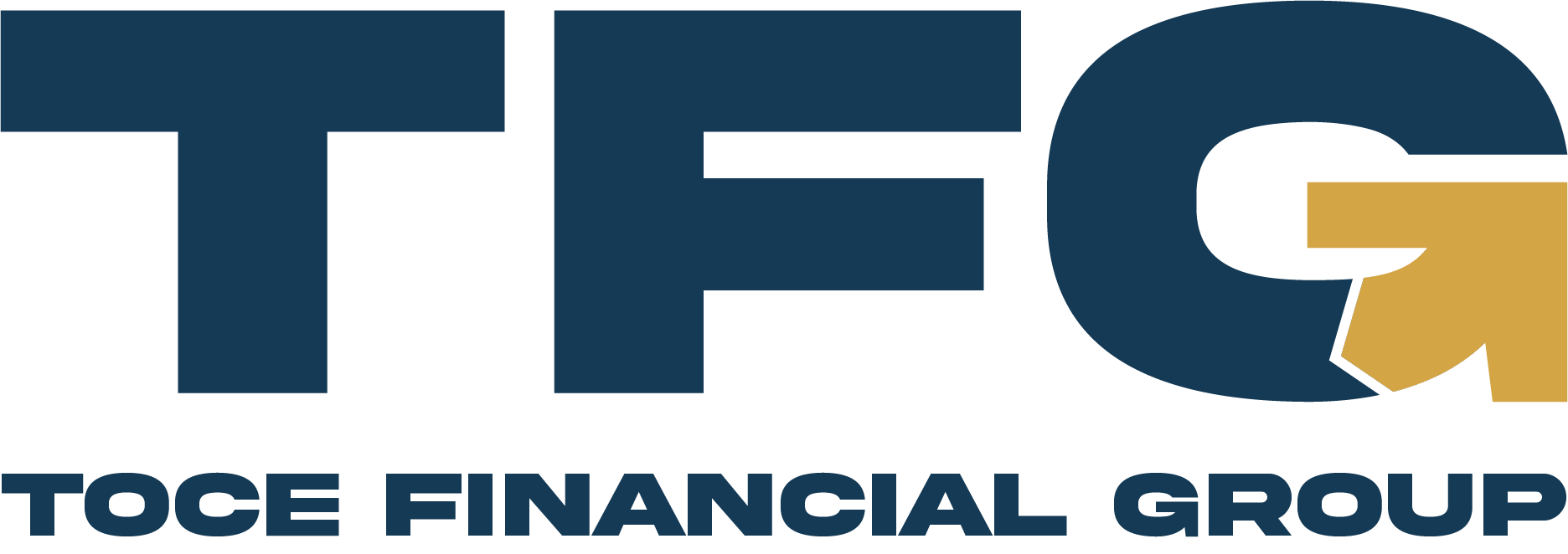Secure Act 2.0
The Secure Act 2.0 would also make significant changes to 401(k) plans, which are a popular type of retirement savings plan offered by many employers. Here are a few key provisions of the act related to 401(k) plans:
-
The act would allow long-term, part-time workers to participate in 401(k) plans. Currently, many part-time workers are not eligible to participate in 401(k) plans, which can make it harder for them to save for retirement. The Secure Act 2.0 would change this by allowing long-term, part-time workers (those who have worked at least 500 hours per year for three consecutive years) to participate in 401(k) plans.
-
The act would also allow for the creation of “pooled employer plans,” which would allow small businesses to pool their resources and offer 401(k) plans to their employees at a lower cost. This could make it easier for small businesses to offer retirement benefits to their employees, which could help more Americans save for the future.
-
The act would also increase the maximum amount that employees can contribute to their 401(k) plans on a pre-tax basis. Currently, the maximum contribution is $19,500 per year, but the Secure Act 2.0 would increase this amount to $26,000 per year for individuals under the age of 50 and $32,000 per year for individuals over the age of 50. This increase in the contribution limit could help Americans save more for retirement and potentially improve their financial security in retirement.
Overall, the Secure Act 2.0 would make significant changes to 401(k) plans, which could make it easier for Americans to save for retirement and improve their financial security in retirement. As a financial planner and tax attorney, I believe that these changes are long overdue and could have a positive impact on the retirement prospects of many Americans.
